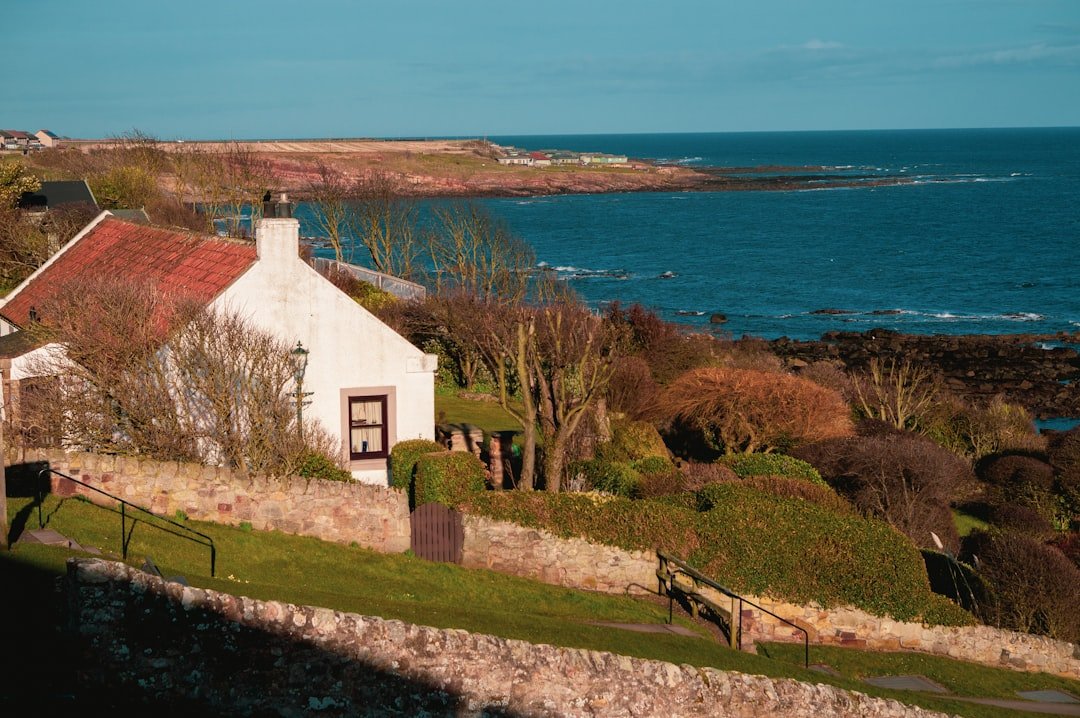
It’s no secret that owning a coastal residence represents an ideal escape for countless individuals, offering a serene retreat from the demands of contemporary life. Everyone craves a location that fosters tranquility and disconnection, where the expansive ocean vistas can rejuvenate the spirit and promote a sense of calm throughout daily routines. Studies show that proximity to water bodies can significantly reduce stress levels, with many people reporting improved mental health after relocating to seaside areas.
As you embark on designing a coastal dwelling for yourself and your family, several key factors deserve attention to enhance your overall beachside living experience and ensure long-term satisfaction.
Harnessing Architectural Designs for Your Coastal Retreat
Selecting an appropriate architectural blueprint is crucial when constructing a seaside property, whether you’re envisioning a lavish sanctuary that emphasizes seclusion and breathtaking waterfront access or a welcoming abode tailored for family enjoyment of the coastal vibe. Experts note that effective planning can increase property value by up to 20% in prime beach locations.
To create an ideal coastal home, start by outlining your specific requirements and preferences, then adapt a design that aligns perfectly. The internet offers a wealth of innovative coastal blueprints, allowing you to customize one that best matches your vision and lifestyle needs.
Essential Guidelines for Selecting an Ideal Coastal Property
Below, we’ve outlined several practical recommendations to keep in mind during the construction of a seaside home, drawing from industry best practices to help you make informed decisions.
1. Optimizing Airflow and Freshness
Living by the coast means embracing the invigorating, pure breezes that coastal regions provide, which can boost health by improving respiratory function and enhancing overall well-being. Coastal designs often prioritize maximizing these natural elements, incorporating features like large windows and sliding doors to facilitate better circulation. According to environmental health reports, exposure to sea air can lower the risk of certain allergies, making it wise to integrate ample ventilation strategies into your build.
2. Safeguarding Against Environmental Challenges
Coastal properties frequently face intense weather events, such as hurricanes or rising tides, which underscores the need for resilient construction. Elevating homes on pilings is a common strategy to mitigate flood risks, while selecting robust window and roofing systems helps withstand high winds—data from the National Oceanic and Atmospheric Administration indicates that wind speeds in coastal zones can exceed 100 mph during storms. Opting for impact-resistant glazing protects against debris, and many designs favor hip roofs for their superior aerodynamic properties and enhanced airflow.
3. Strategic Site Selection
Picking the optimal spot for your coastal home is vital to minimize threats from erosion and sea-level rise, which have accelerated due to climate change—global reports suggest sea levels could rise by another foot in the next 30 years. Position your property at a safe distance from the shoreline to avoid erosion damage, and consider factors like nearby amenities, such as shops or dining options, as well as the potential impact of neighboring properties on your privacy and view.
4. Accommodating Residents Comfortably
When planning a seaside residence, it’s essential to account for the number of occupants to ensure everyone has adequate space. For family use, design individual bedrooms for privacy and comfort, and include a dedicated guest room for visitors, as this can foster social connections. Housing experts recommend allocating at least 200-300 square feet per person to maintain a relaxed atmosphere in such settings.
5. Selecting Durable Materials
In a marine environment, standard building materials won’t suffice due to the corrosive effects of saltwater, which can lead to premature deterioration and costly maintenance. Choose exterior finishes with high corrosion resistance, such as fiberglass for doors instead of metal, to extend the home’s lifespan. Additionally, opt for hardy flooring options that resist wear from sand and moisture—research from material science indicates that composite materials can reduce repair needs by up to 50% in coastal areas.
6. Enhancing Outdoor Living Areas
A seaside home is all about embracing the outdoors, so focus on creating spaces that encourage you to enjoy the scenery and weather rather than staying inside. Incorporate outdoor furniture, a grill, or even an outdoor kitchen on your patio to maximize these opportunities. For instance, adding recreational features like a volleyball setup can promote family bonding, turning your property into a hub for leisure activities amid the natural beauty.
7. Ensuring Ample Parking
Adequate parking is a practical necessity for any coastal property, especially if you host guests frequently. Design your home to include space for your vehicles as well as extras for visitors, avoiding the hassle of street parking in busy beach areas. Urban planning data suggests that properties with dedicated parking see higher demand, making this a smart investment for resale value.
8. Considering a Swimming Pool Option
Whether to add a swimming pool depends on your personal tastes, but it can provide a convenient alternative to ocean swimming, particularly for evening dips or days with rough seas. This feature not only extends your enjoyment of the property but can also increase its appeal, with real estate analyses showing that homes with pools in coastal regions often command a premium of 5-10% in the market.
